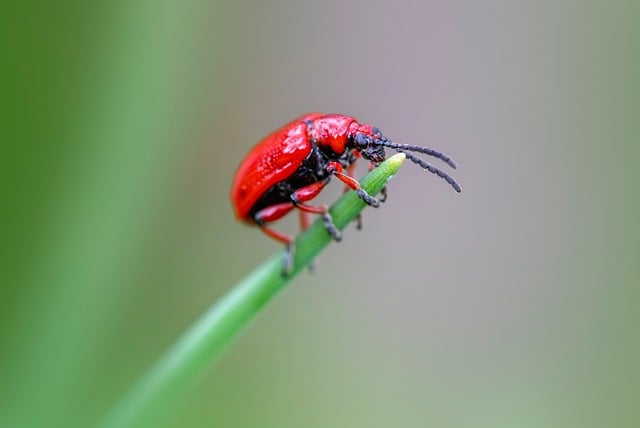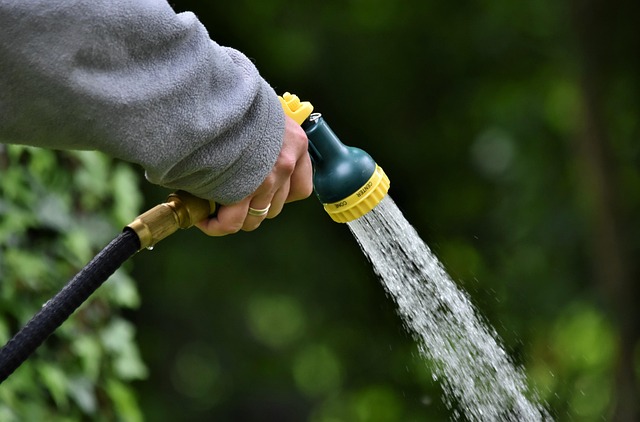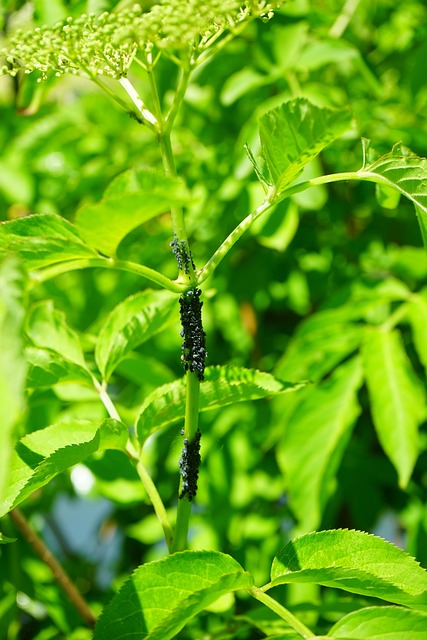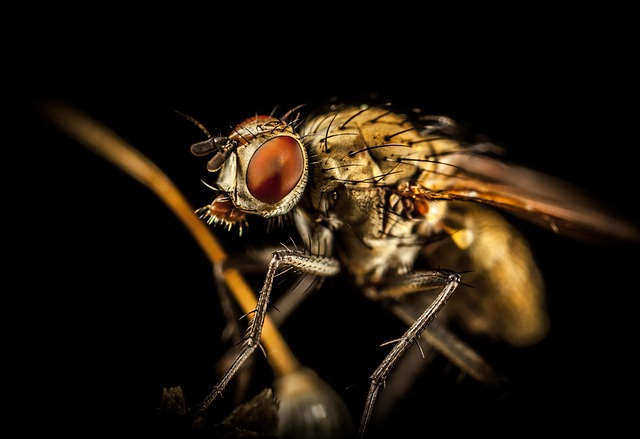Raccoons pose a significant threat to fruit tree health in Arvada by transmitting insects and diseases. Effective pest control involves understanding raccoon behavior, securing unripe fruit, and using protective netting/cages. Implementing targeted exclusion strategies, including sealing gaps, physical barriers, habitat modification, strategic trapping, eco-friendly repellents, beneficial insects, and proper pruning, ensures tree vitality and minimizes environmental impact. Proactive monitoring, sanitation, organic repellents, and fostering a balanced ecosystem are crucial for managing both raccoon activity and insect/disease risks specifically affecting fruit trees near Arvada.
In the vibrant, bustling landscape of Arvada, Colorado, maintaining healthy fruit trees amidst pest pressures can feel like navigating a labyrinthine enigma. This article guides folks through effective raccoon exclusion plans, delving into their behavior and impact on fruit trees. We explore practical strategies for pest control, from understanding these nocturnal visitors’ habits to implementing disease management techniques that protect your arbor’s well-being. Say goodbye to pesky raccoons and enhance your insect and disease management near Arvada.
- Understanding Raccoon Behavior and Their Impact on Fruit Trees
- Implementing Effective Pest Control Strategies for Exclusion
- Disease Management Techniques to Protect Fruit Tree Health
Understanding Raccoon Behavior and Their Impact on Fruit Trees

Raccoons, with their dexterous hands and insatiable curiosity, can cause significant damage to fruit trees in and around Arvada. These elusive creatures are known for their mischievous behavior, often climbing trees to forage for food, especially during the night. Their presence near fruit orchards poses a unique challenge for homeowners and farmers alike, as raccoons can transmit insects and diseases that threaten the health of these valuable trees.
Understanding raccoon behavior is crucial in developing effective exclusion plans. They are attracted to ripe fruits and nuts, which makes them frequent visitors to orchards. By recognizing their feeding patterns and preferences, property owners can implement targeted strategies for pest control. This includes securing fruit before it ripens and using protective netting or cages to safeguard trees, ensuring the long-term health of these vital resources in the local ecosystem.
Implementing Effective Pest Control Strategies for Exclusion

Implementing effective pest control strategies for raccoon exclusion starts with a comprehensive understanding of the local wildlife and their behaviors. In areas like Arvada, where fruit trees thrive, insect and disease management become critical components of a successful exclusion plan. Regular inspections are key to identifying potential entry points and signs of infestation early on. Fruit tree owners should be vigilant in sealing off any gaps or openings that might attract raccoons, such as holes in tree trunks or damaged siding.
Using a combination of physical barriers, habitat modification, and strategic trapping can significantly deter raccoons from accessing fruit trees. Additionally, employing eco-friendly pest control methods, like using repellents and beneficial insects, can help manage populations without causing harm to the environment or other wildlife. Regular maintenance and proper pruning practices also contribute to a robust exclusion strategy, promoting tree health and reducing attractants for pests.
Disease Management Techniques to Protect Fruit Tree Health

Raccoons, while adorable from a distance, can pose significant threats to fruit trees in and around Arvada. Their curiosity often leads them to inspect and potentially damage tree fruits, creating entry points for insect and disease management issues. Effective raccoon exclusion plans are essential to maintaining healthy fruit trees.
Implementing disease management techniques is crucial for protecting fruit tree health. This includes regularly monitoring trees for any signs of pests or diseases, such as wilting, discolored leaves, or abnormal growths. Proper sanitation practices, like promptly removing and destroying fallen fruits, can significantly reduce the risk of insect spread. Additionally, using organic repellents and maintaining a balanced ecosystem around the trees can deter raccoons and other pests without causing harm to the environment or beneficial insects.
In light of the above discussions, implementing robust pest control plans that focus on raccoon exclusion is crucial for maintaining healthy fruit trees near Arvada. By understanding raccoon behavior, employing effective exclusion strategies, and adopting proper disease management techniques, homeowners can significantly enhance their tree’s resilience against these nuisance animals. These measures not only protect valuable fruit trees but also contribute to the overall well-being of the local ecosystem. For those in Arvada seeking comprehensive insect and disease management solutions, professional guidance and tailored plans are essential for achieving long-lasting results.
